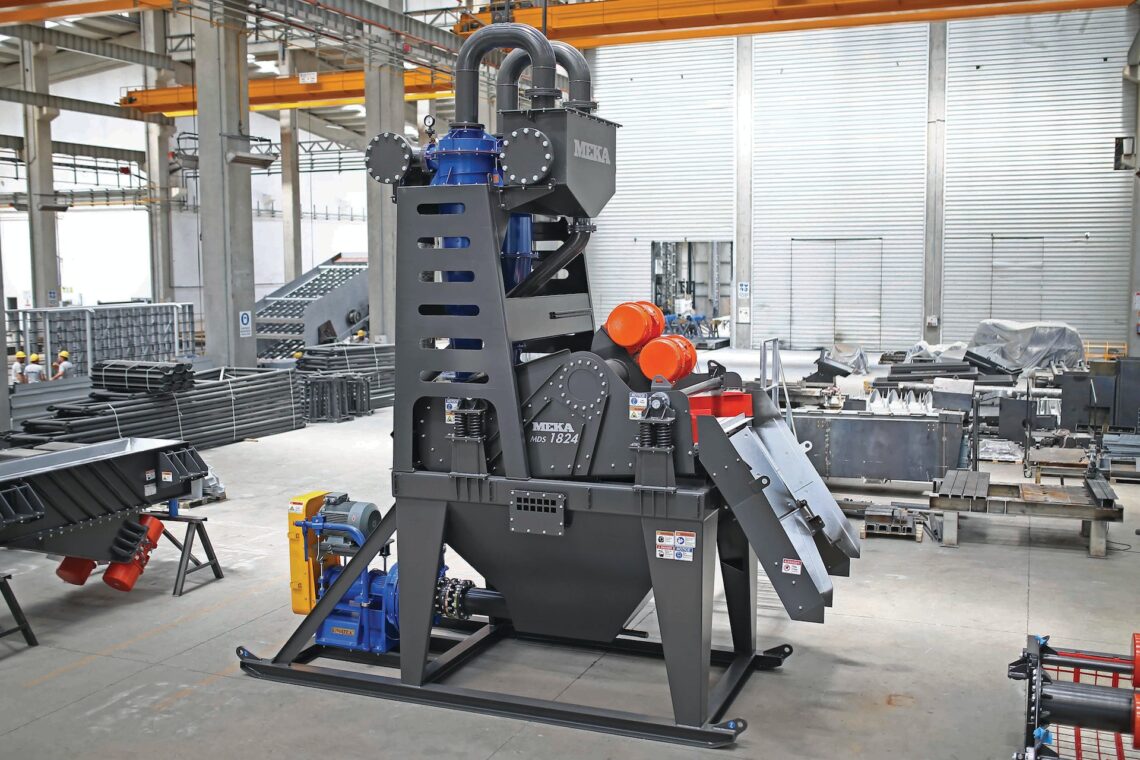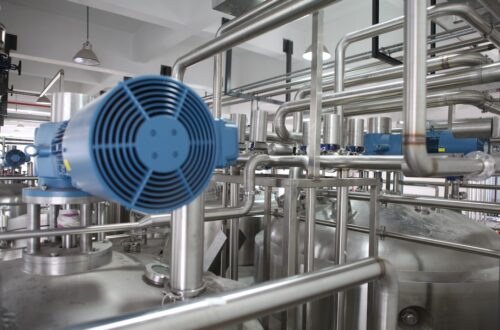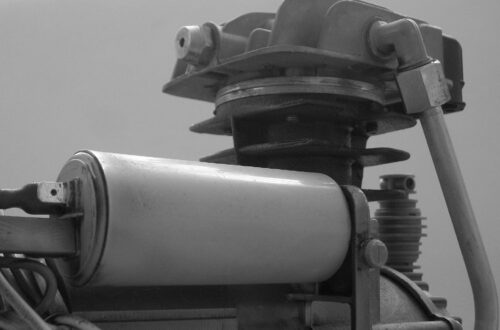Let’s discuss mechanical dewatering, a process that uses machinery to remove water from construction sites. It is an excellent way to reduce the cost of processing a site and can be a safer alternative for construction workers. Some systems are fully automated, while others require minimal operator skills. Regardless of which type of system you choose, you should be aware of some important things to consider. First of all, mechanical dewatering systems are expensive and require high-tech equipment to operate. You may also need to hire qualified personnel to maintain them.
Centrifuges
Centrifuges for mechanical dewatering are machines that remove water and solids from liquids. They are a vital part of ethanol production, which can remove water from corn solids. Alfa Laval is one manufacturer of dewatering centrifuges. The company’s centrifuges have an impressive service life of over 50 years.
A centrifuge works by forcing mud or solid into a centrifugal column. The centrifugal force sucks the sediment up, separating it into the ejection channel. In addition, centrifuges also allow for finer particle separation. Centrifuges can be sized and geared to suit your needs.
Centrifuges are used for dewatering mud, sludge, or waste products. They are less costly than filter presses and are more energy efficient. However, they have certain drawbacks. They require specialized maintenance, which can result in delays or other difficulties.
Belt Presses
Belt presses are designed to process a wide range of sludge products, from biosolids to wastewater. These devices are designed to require low amounts of polymer and can operate on low power consumption. Their design features a stainless steel structure and rollers, and they are equipped with a safety alarm system and emergency stop button. Before using a belt press, sludge must be concentrated using a gravity thickener. A belt press will then inject the polymer, which will help to thicken the sludge. The type of polymer used will depend on the nature of the sludge being treated.
Belt presses have four main zones: the preconditioning zone, the gravity drainage zone, and the high-pressure squeezing zone. The first zone removes free water, while the second zone presses out the liquid. Once the sludge passes through these zones, it enters the high-pressure shear zone.
Chamber Filter Presses
Chamber filter presses are mechanical dewatering equipment that dewaters sludge by applying high pressures to the layers of sludge that are held between a series of porous plates. The press operates by forcing the water out of the sludge through the pores of the plates with a pressure of seven to 20 bars. Once the pressure has been reached, the filter press releases the filtrate, which is then returned to the wastewater treatment works’ influent.
There are several types of filter presses, which differ in their operation. The first type is a chamber filter press, which uses pressure to separate the solids from the liquid. A chamber filter press has a wide range of capacities and can separate a wide variety of solid and liquid materials.
Dredge Dewatering
There are two basic types of dewatering operations: dredge and mechanical dewatering. Both methods have their advantages and disadvantages. Dredge dewatering uses dredge technology to separate water from solids. It is costly, but it is important for various dewatering applications. Dredge dewatering is ideal for large projects, especially those with large volumes of sludge.
Mechanical dewatering requires less space than dredging. Therefore, geotextile bags are inexpensive and can be deployed in small urban areas where limited space is available. In addition, geotextile bags can be installed with minimal site preparation, which could make them an attractive option for small projects.
Screw Presses
A screw press can be used to separate water from solid materials in various processes. For example, it can be used to dewater manure. On the other hand, a filter press is suitable for applications requiring cleaner water and dryer solids. The screw press can be used to separate both liquids and solids from waste streams in food processing facilities.
Screw presses use compression to remove water from solid materials. They achieve compression by increasing the inner shaft diameter. For example, a six-inch-diameter screw press has 5″ tall flights, while a 12-inch-diameter screw press has two-inch-high flights.






